Hello, it’s Kumakichi!!
Today, I’d like to introduce you to my favorite temple in Kamakura, Engaku-ji. It’s just about a minute’s walk from JR Yokosuka Line’s Kita-kamakura Station, so it’s very convenient if you’re coming from there.
By the way, Kita-kamakura Station area is known for its many temples and old traditional houses, creating a retro and serene atmosphere. There’s also plenty of nature around, making it perfect for refreshing your mood.
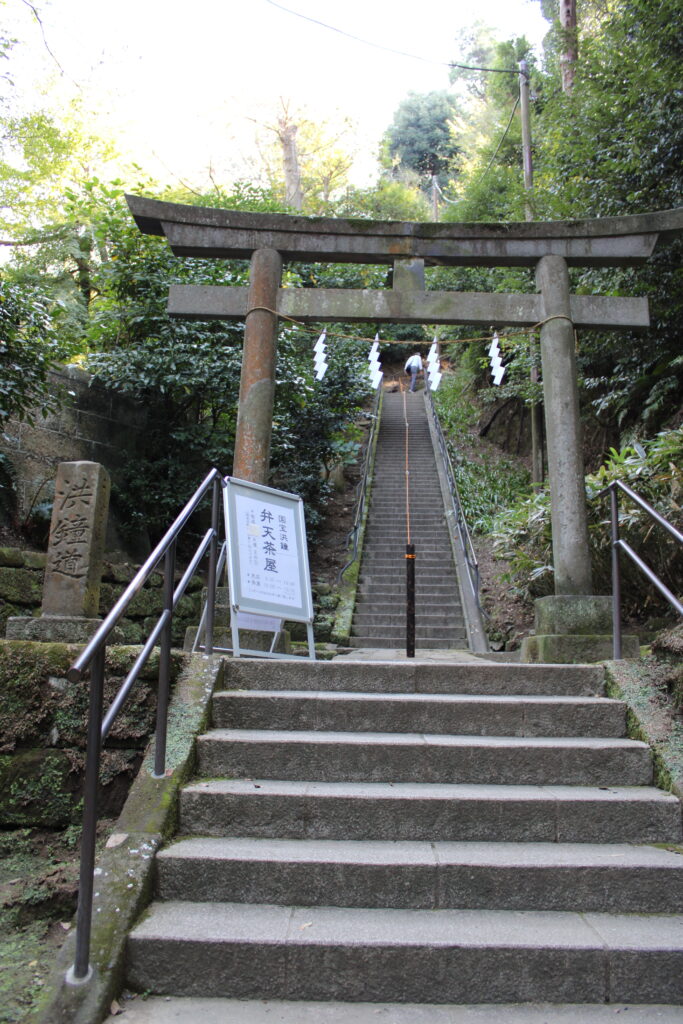
What is Engaku-ji?
Let’s start with an explanation of Engaku-ji. Engaku-ji was founded in 1282. Its patron was Hojo Tokimune, the 8th shikken (regent for shogun) of the Kamakura shogunate. It was founded to honor the spirits of many who perished in battles against Mongolia, irrespective of their allegiance.
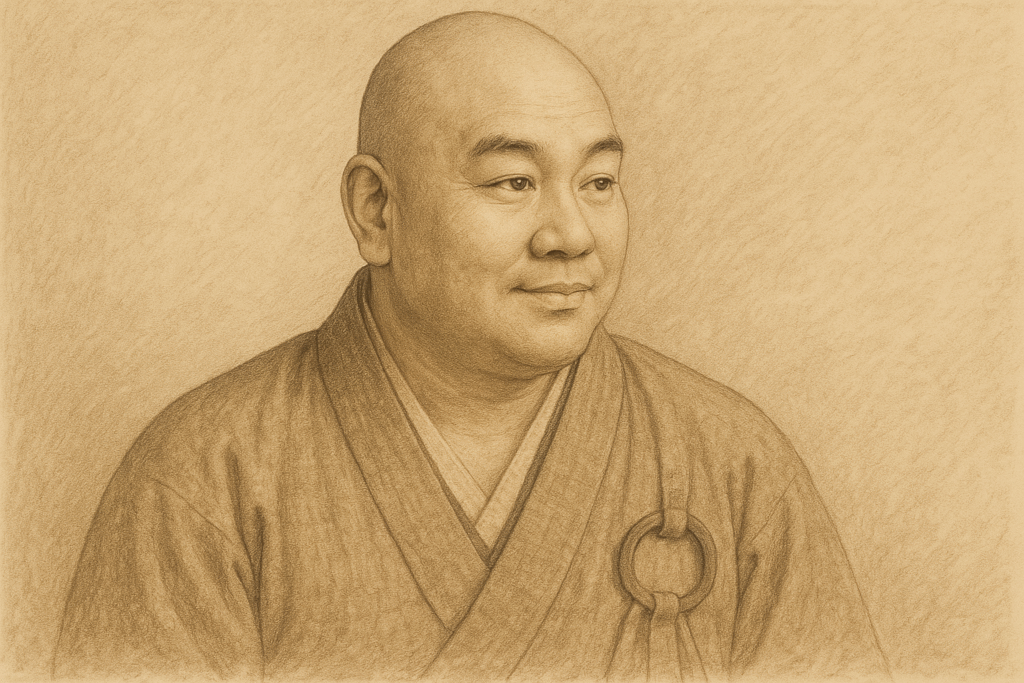
I will explain for those who are not familiar with Japanese terms.
“Shogunate” refers to a military government, specifically in this case, the Kamakura, Muromachi, and Edo shogunates have existed in Japan’s history.
“Shikken” refers to a position assisting the shogun, the most powerful figure in the Kamakura shogunate. Over time, shikken came to lead the shogunate’s politics, often surpassing the shogun in power.
Exploring the Grounds
Now, let’s explore the grounds of Engaku-ji.
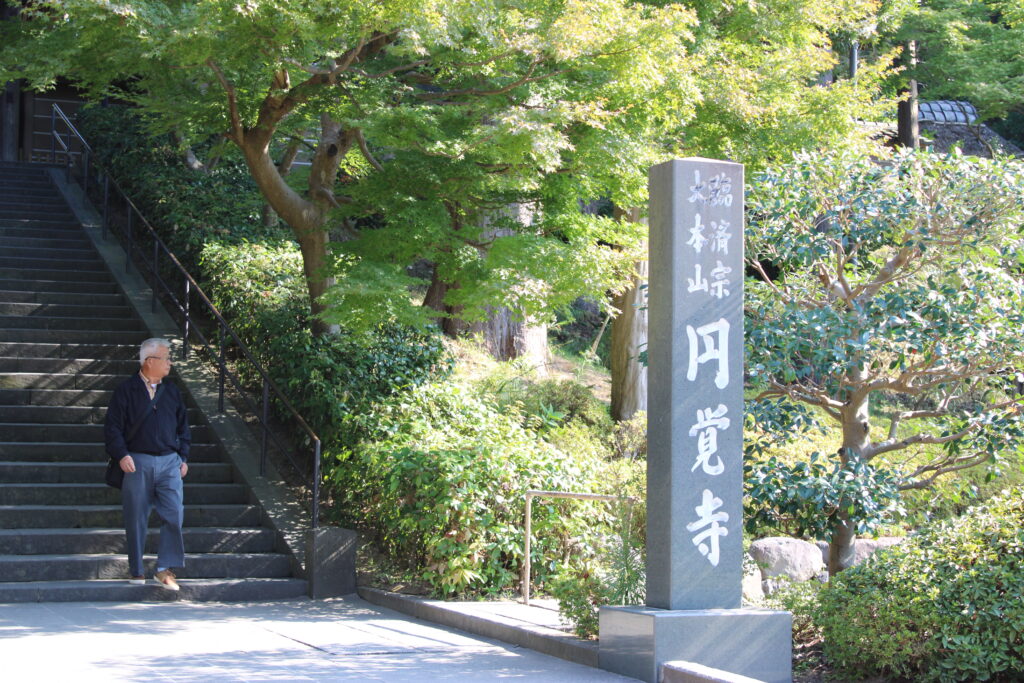
Sanmon
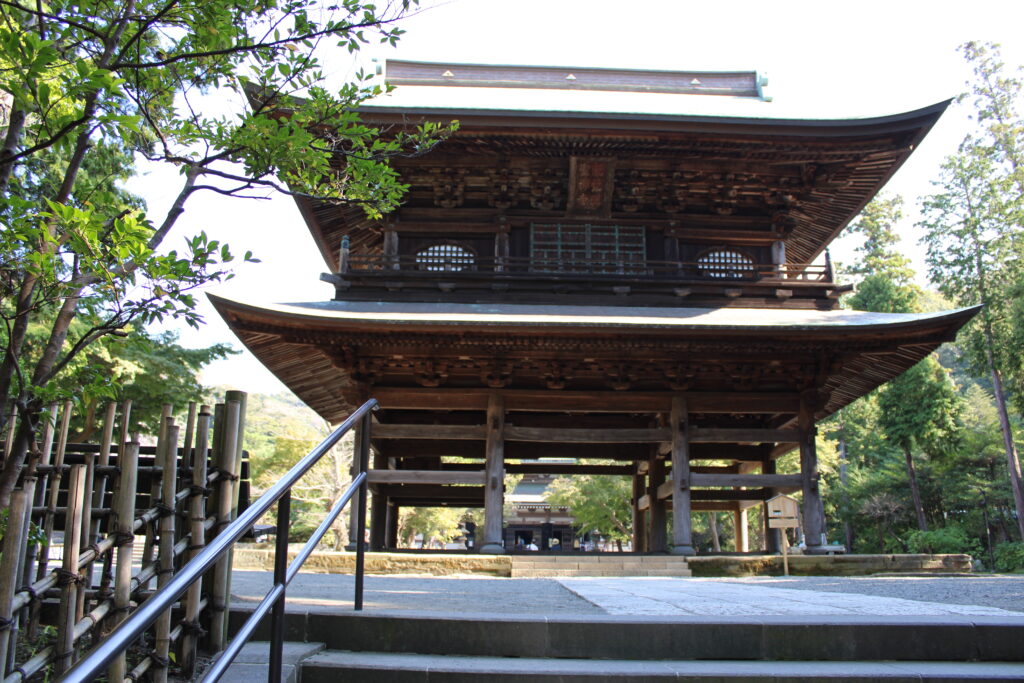
Gate Upon entering the grounds of Engaku-ji, you’ll first encounter the Sanmon.
This gate is said to cleanse worldly desires, so it’s important to pass through it to purify your mind before paying respects to the main hall. Be sure not to forget to pass through it! The current Sanmon Gate was rebuilt in 1785 and has a history of over 200 years since its reconstruction!
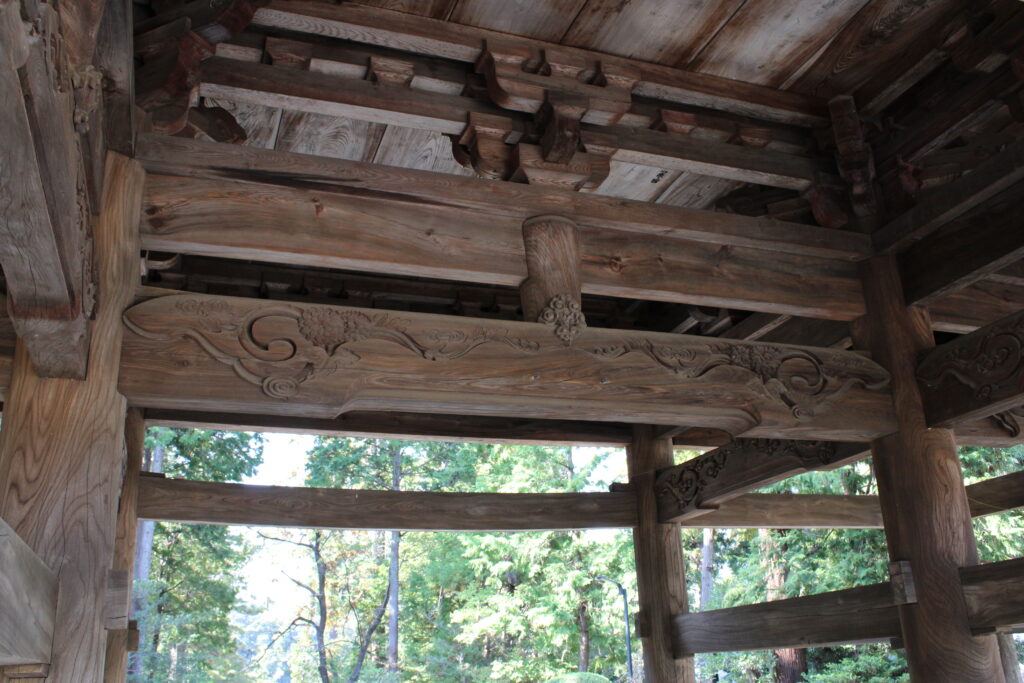
Butsuden
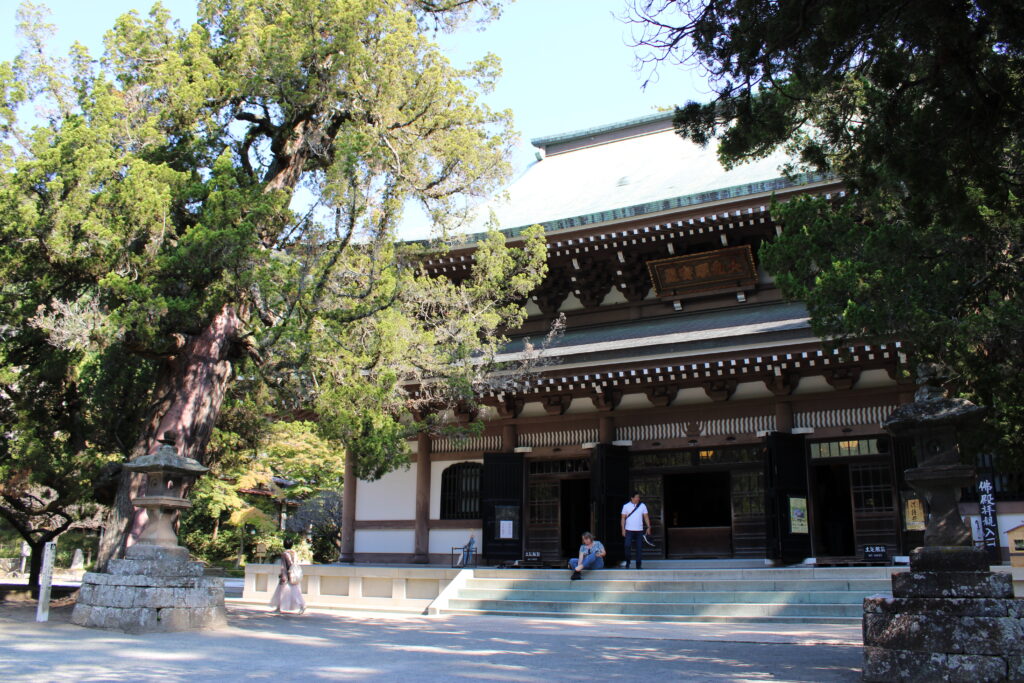
Hall Next, you’ll see the Butsuden, where the main image of Engaku-ji is enshrined. The original building collapsed during the Great Kanto Earthquake, but it was later reconstructed. Although the main image was lost in a fire, only its face was rescued and the entire statue was later restored.
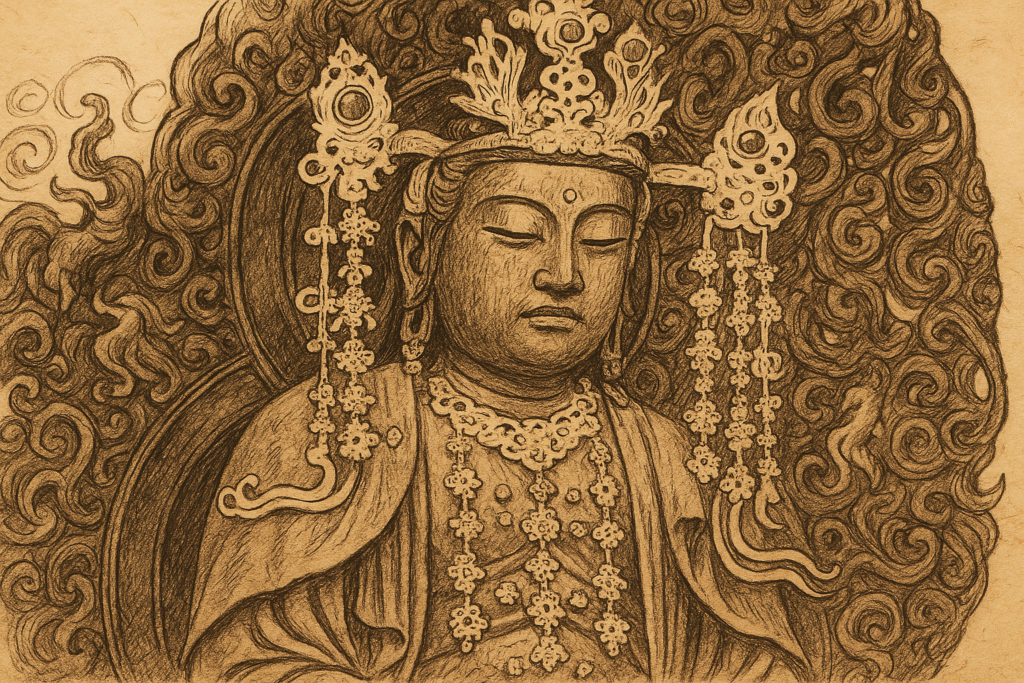
Ogane
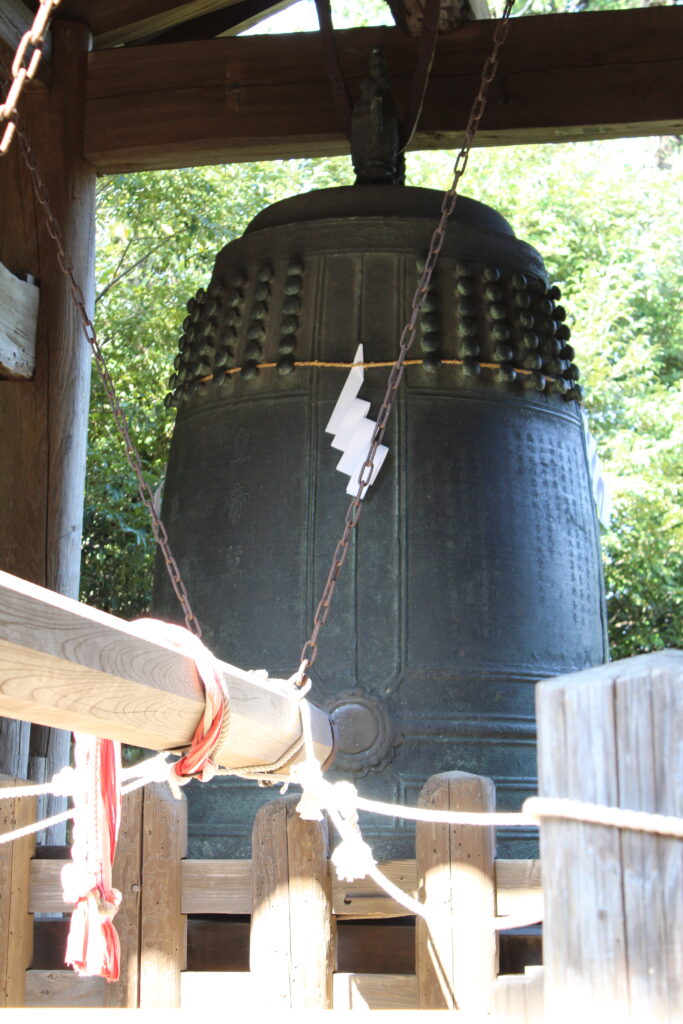
Bell Here is the Ogane, a national treasure crafted in 1301!! Hojo Tokiyori ordered its casting to pray for the country’s peace, but initially, the process faced difficulties.
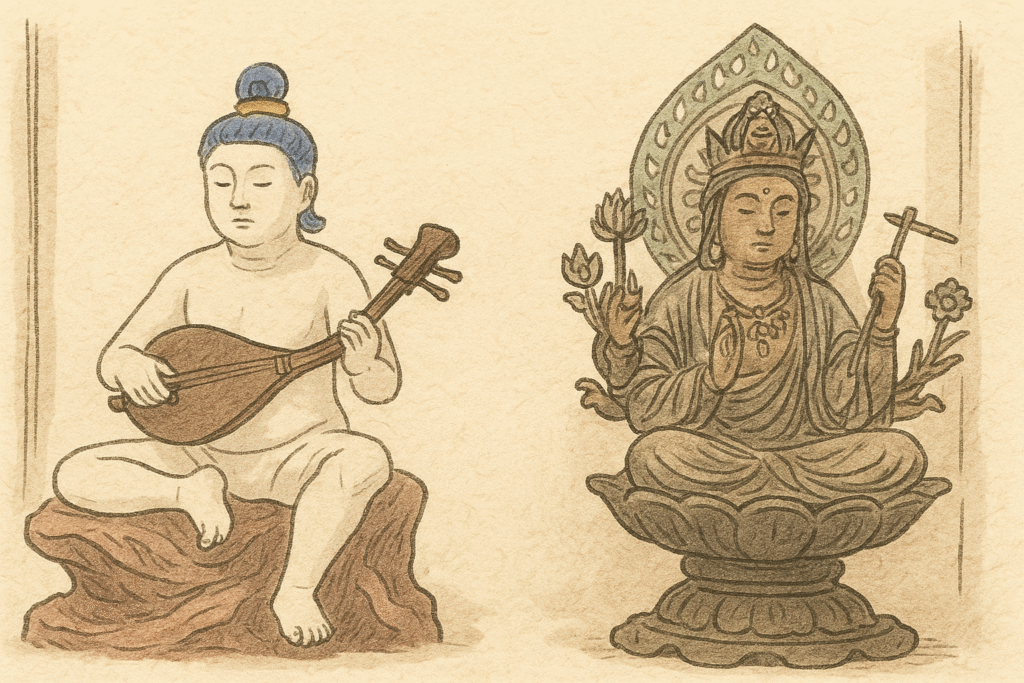
After a pilgrimage to Enoshima’s Benten Shrine for seven days, he received a revelation in a dream one night: “Dig at the bottom of the Byakurochi Pond at Engaku-ji.” Following this guidance, a lump of gold and copper was found, which was then used to cast the bell—an extraordinary legend!
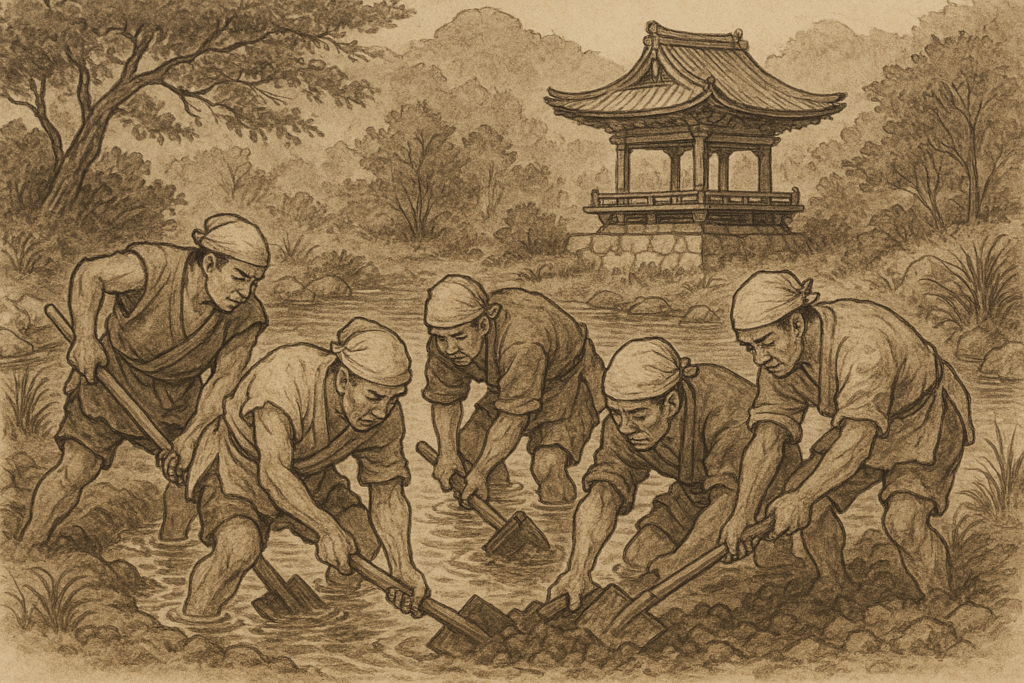
Shariden
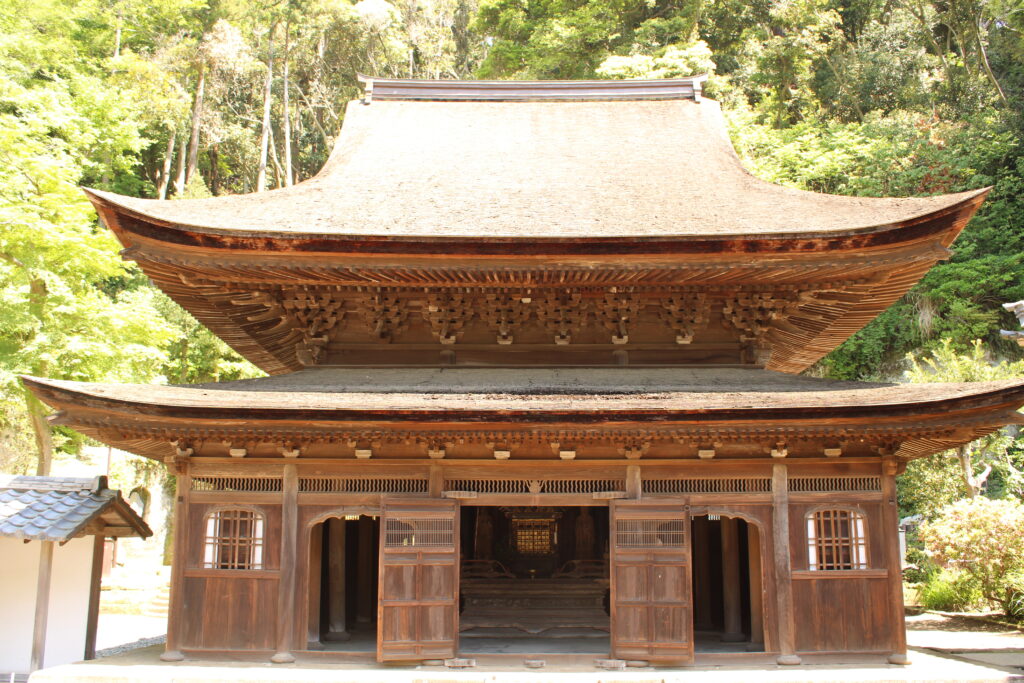
Engakuji’s Shariden, also designated as a national treasure like the Ogane, enshrines a tooth relic of Buddha. Originally received by Minamoto no Sanetomo from the Noninji in China during the Song Dynasty era, this hall represents Zen Buddhist architecture influenced by the Southern Song Dynasty. It collapsed during the Great Kanto Earthquake but was later restored.
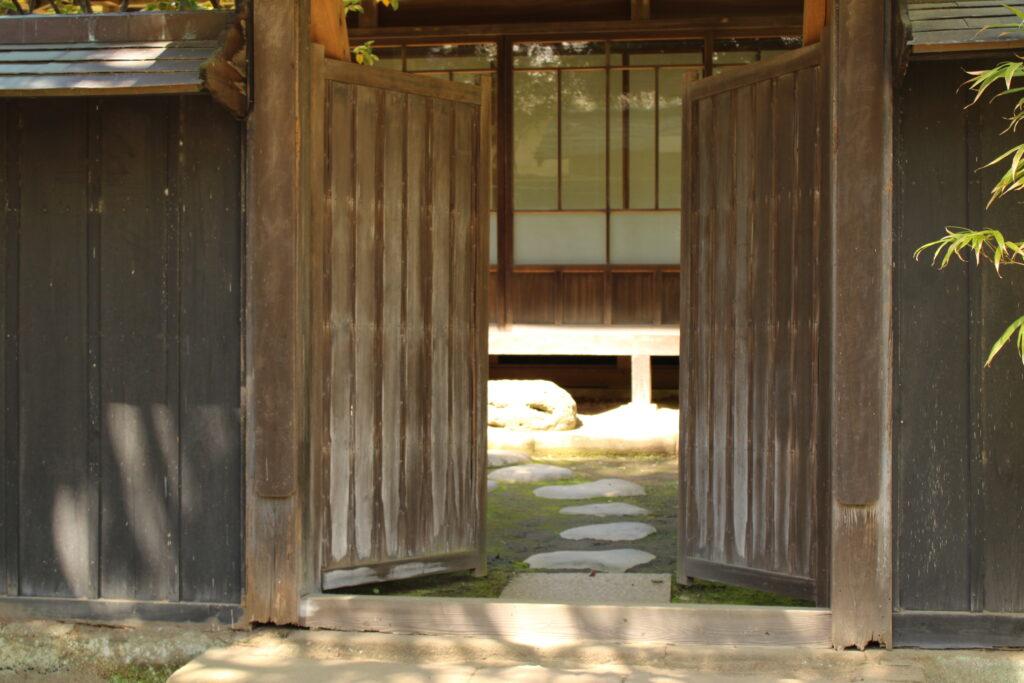

Hōjō
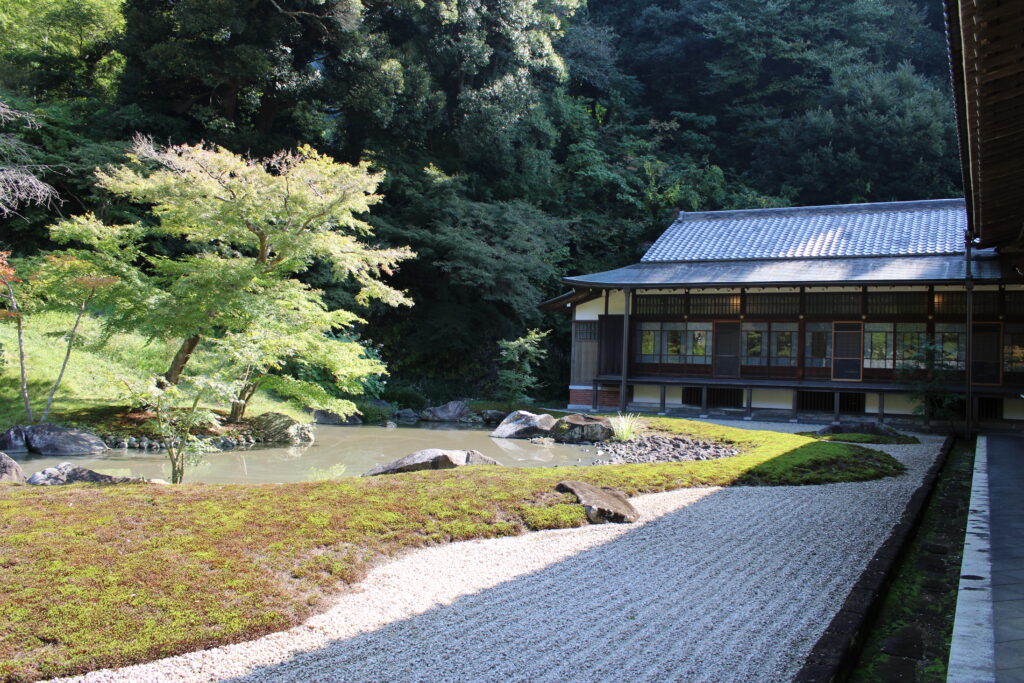
This photo shows the garden behind the Hojo, a place where you can feel the essence of Japanese aesthetics (“wa”) and find tranquility. By the way, the Hojo is where Sunday sermons and Zen meditation sessions are held, making it a must-visit for those interested in Japanese culture. Originally, the term “Hōjō” refers to the living quarters of the chief priest, although nowadays, they are often not inhabited.
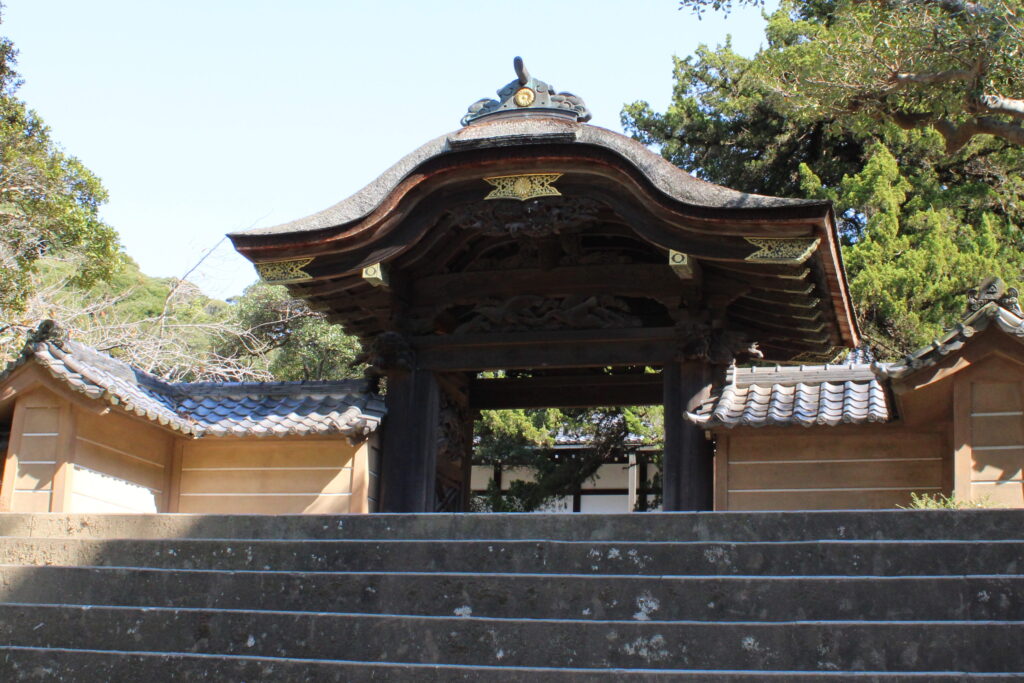


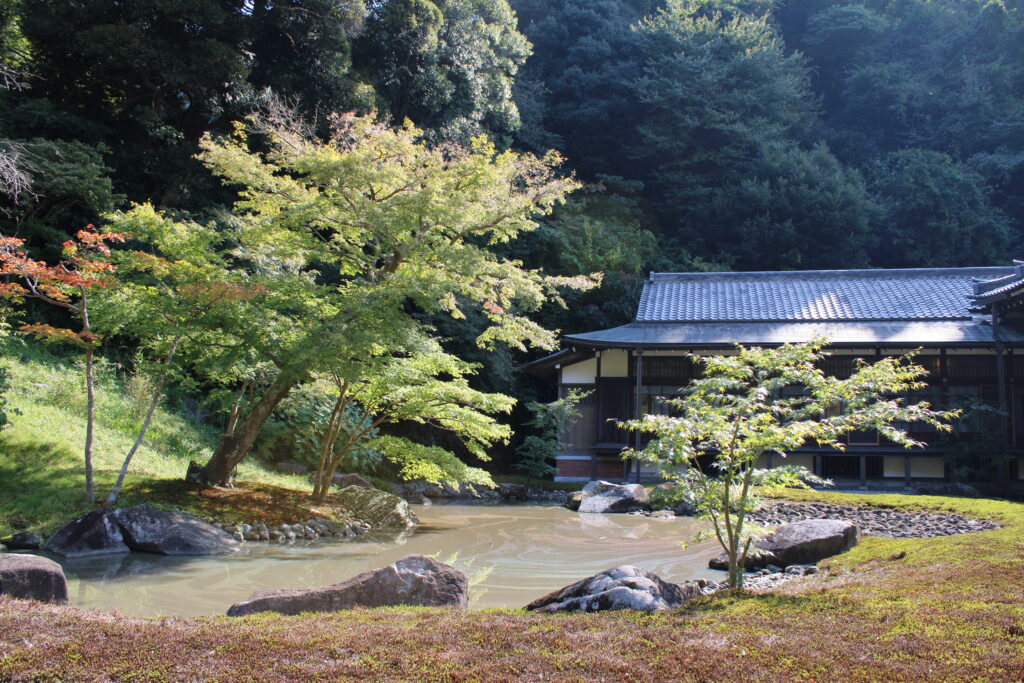
Conclusion
I have visited Engaku-ji several times over the years. I feel that its charm becomes more apparent as I grow older—it’s humbling to realize how little I understood when I was younger.
Exploring Engaku-ji while being mindful of its history, I was surprised by the many discoveries I made. Many people have visited since the Kamakura period, and pondering what they must have thought adds to the enjoyment.
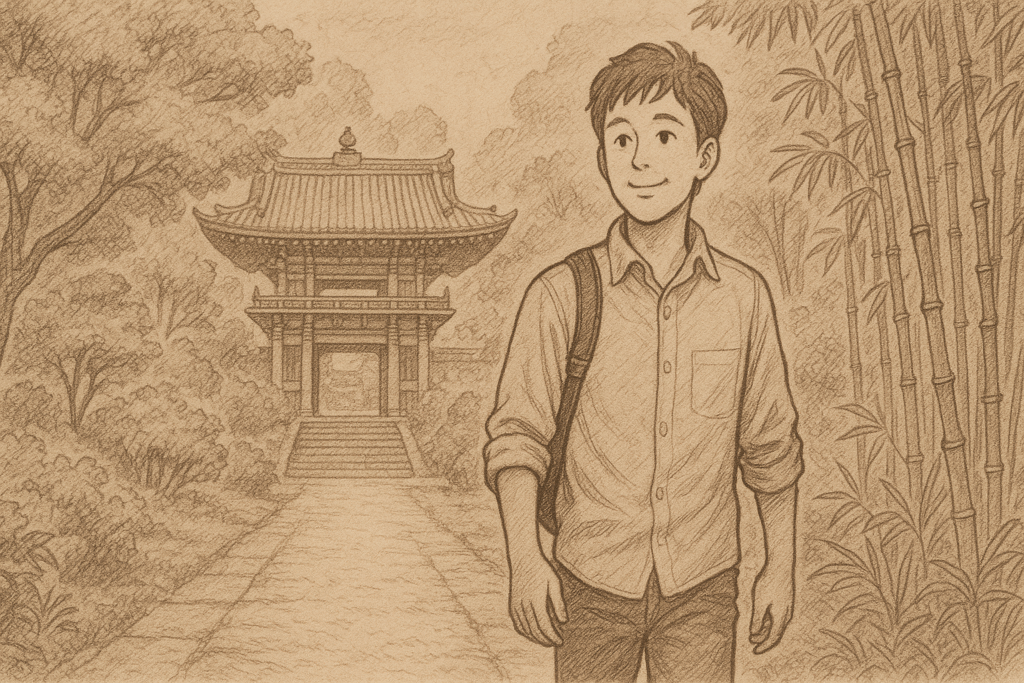
It’s my favorite place, and I plan to visit regularly. If you have the chance, I highly recommend stopping by Engaku-ji.
Finally, I will publish photos that I couldn’t introduce this time.



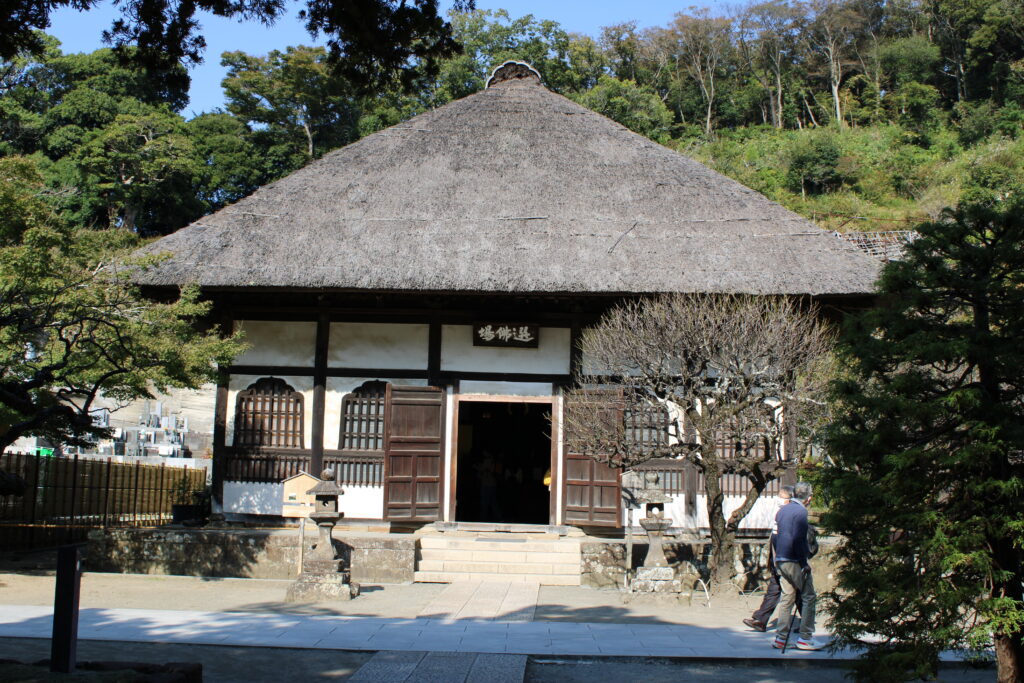
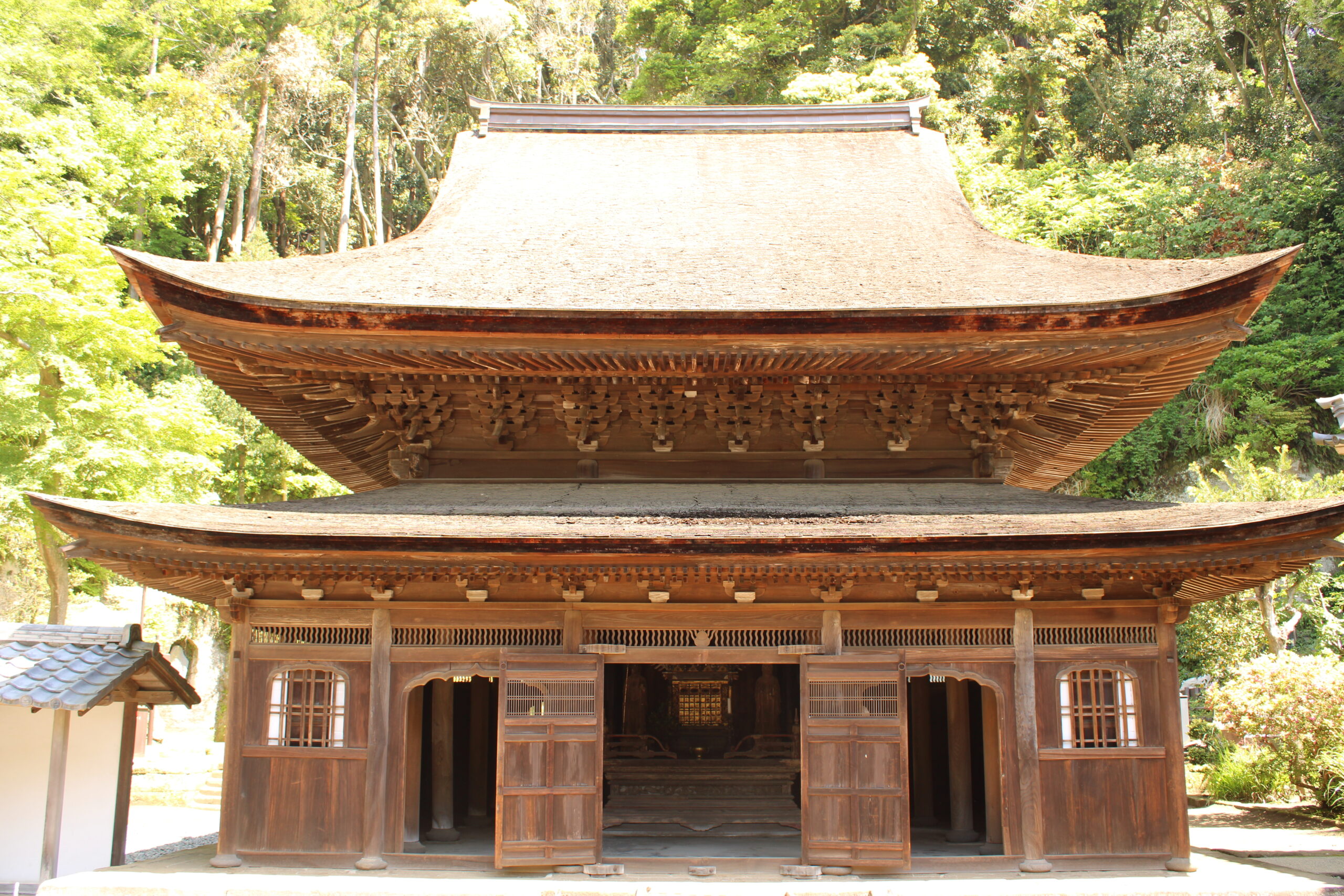


コメント